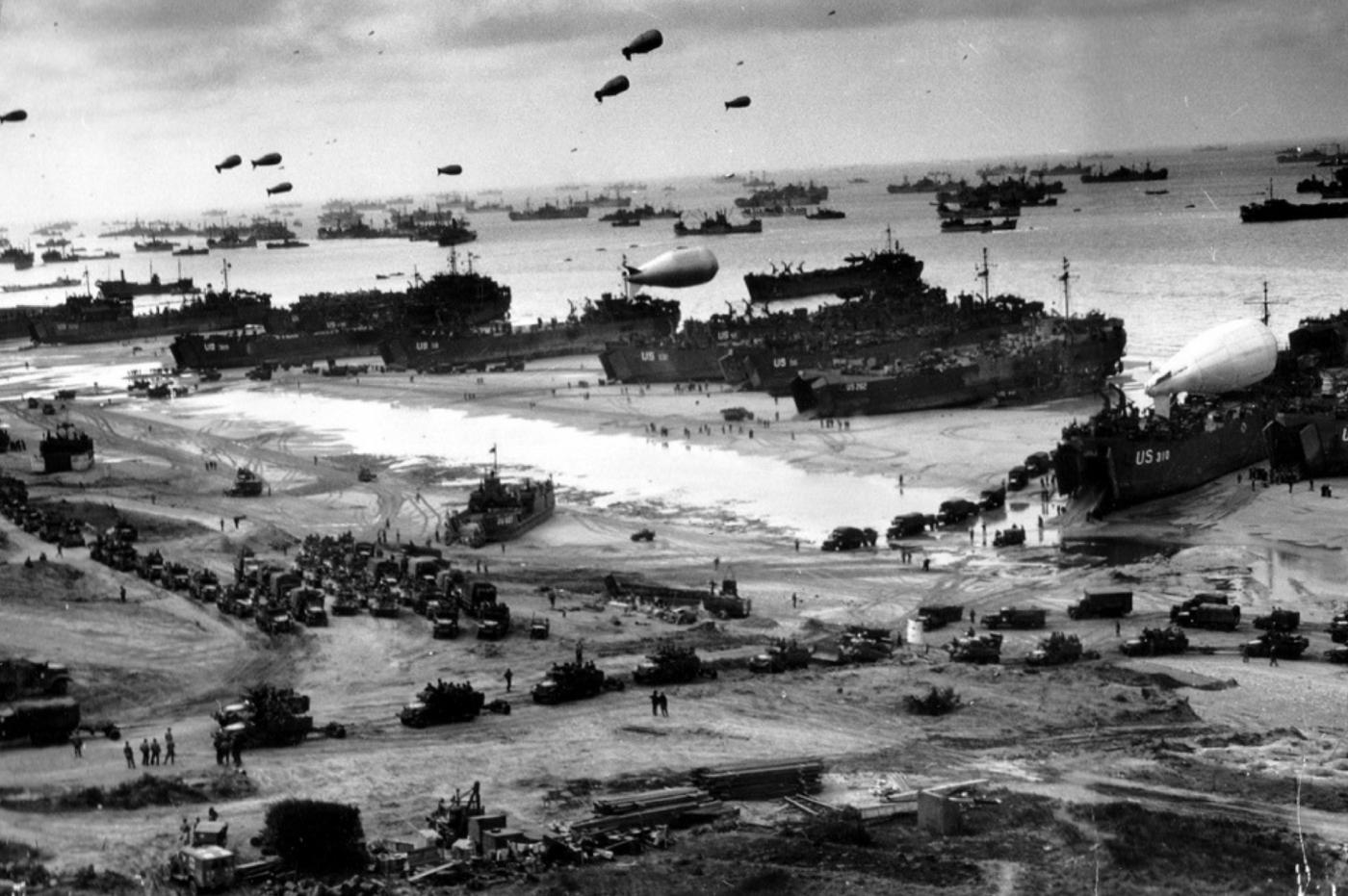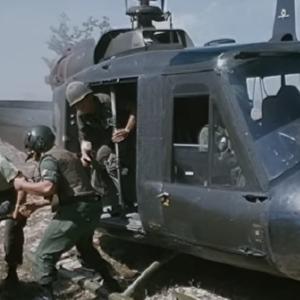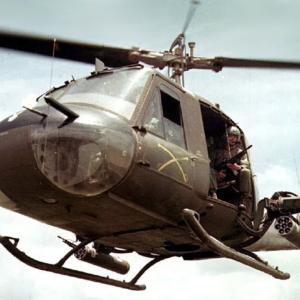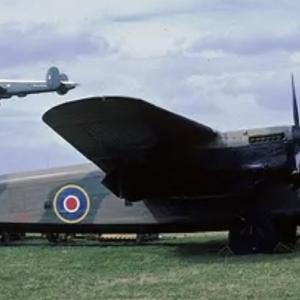
Barrage balloons
D-Day barrage balloons played a crucial role in protecting Allied troops and equipment during the Normandy invasion on June 6, 1944. These large, tethered balloons were deployed to create a physical and psychological barrier against low-flying enemy aircraft, helping to reduce the effectiveness of strafing and bombing attacks.
Barrage balloons were essentially large fabric envelopes filled with a lighter-than-air gas, anchored to the ground or ships by steel cables. Their design was refined during the interwar period and World War II, largely by British military engineers and aeronautical firms. Companies such as Vickers-Armstrong contributed to improving the stability, durability, and handling mechanisms of the balloons. These designs evolved from earlier versions first used in World War I, benefiting from advances in fabric technology and inflation methods.
The balloons were constructed from rubberized fabric coated to resist weather damage, with the shape optimized to maintain stability in the wind. They were tethered by steel cables strong enough to damage or even destroy aircraft wings or fuselages if a plane flew too low and collided with them.
Hydrogen gas was the primary lifting gas used to fill the balloons during D-Day. Hydrogen was preferred because of its excellent buoyancy and ready availability, despite being highly flammable. Helium, while safer, was scarce and primarily reserved for other critical uses, so hydrogen remained the standard gas for operational deployment.
The responsibility for operating and maintaining the barrage balloons on D-Day fell mainly to specialized units known as barrage balloon squadrons, which were part of the Royal Air Force (RAF) Balloon Command in the British forces. In addition, the United States Army Air Forces had their own balloon units trained to deploy and manage the balloons during the invasion. These troops were specially trained in balloon handling, inflation, tethering, and rapid deployment under combat conditions. They operated winches and managed the cables to raise and lower the balloons as needed, often working close to the front lines or aboard ships.
In terms of protection, barrage balloons served as a physical barrier forcing enemy aircraft to fly higher, where their attacks were less accurate and they became easier targets for anti-aircraft fire. The cables posed a significant collision risk, which deterred low-level strafing runs and bombing attacks on troops and vessels. By forcing enemy pilots to alter their attack approaches, barrage balloons disrupted bombing accuracy and reduced casualties among the invading forces. Additionally, the presence of these balloons had a psychological impact, adding a layer of threat and complexity for enemy aircrews.
On D-Day, barrage balloons were deployed extensively over landing beaches, supply areas, and naval vessels, providing vital aerial defense during the critical initial stages of the invasion. Their contribution was part of a broader set of protective measures designed to safeguard troops and ensure the success of the operation.










